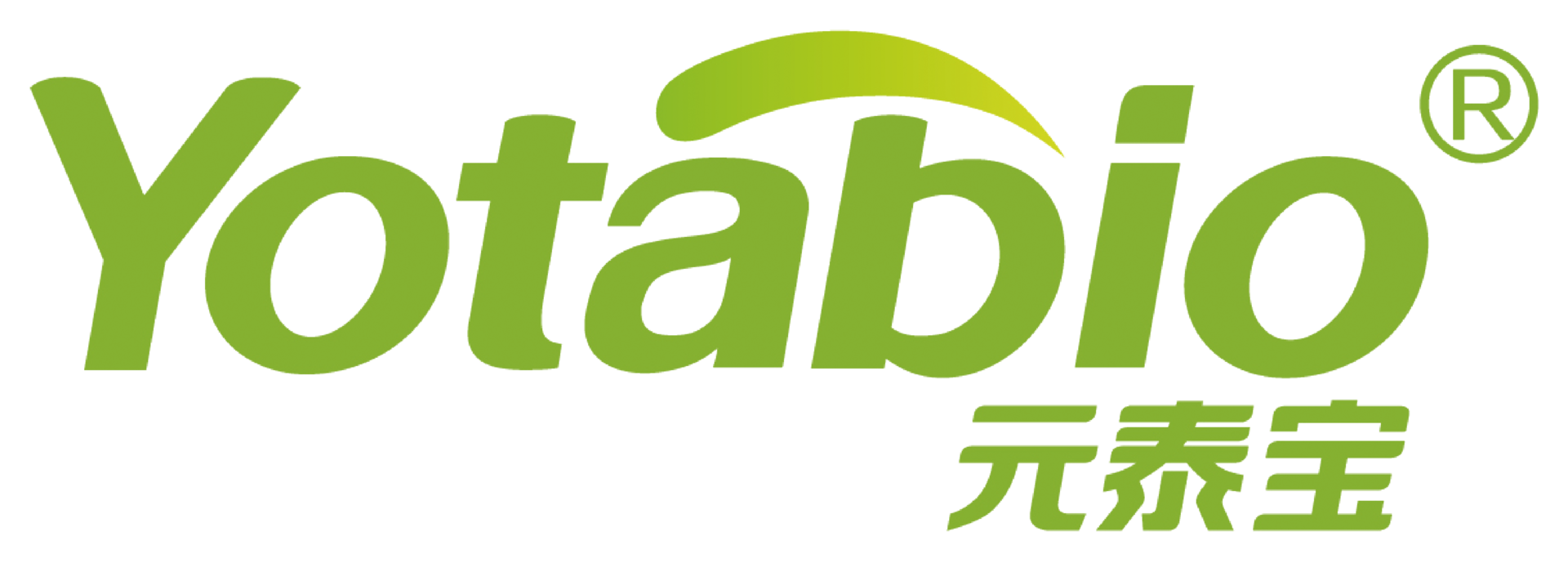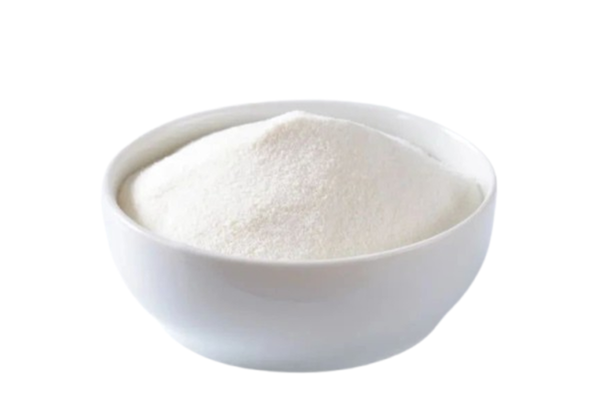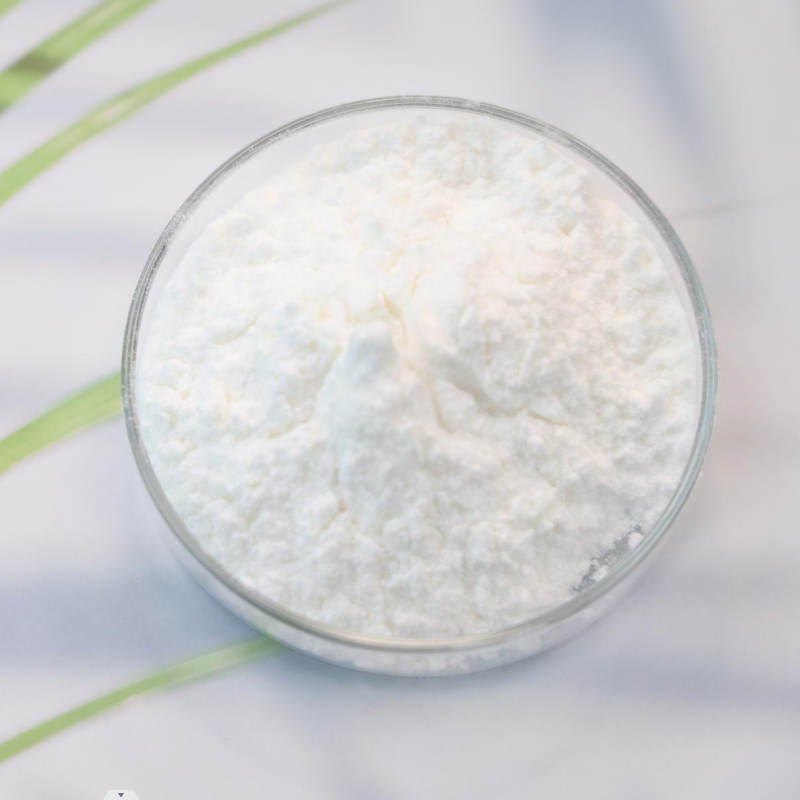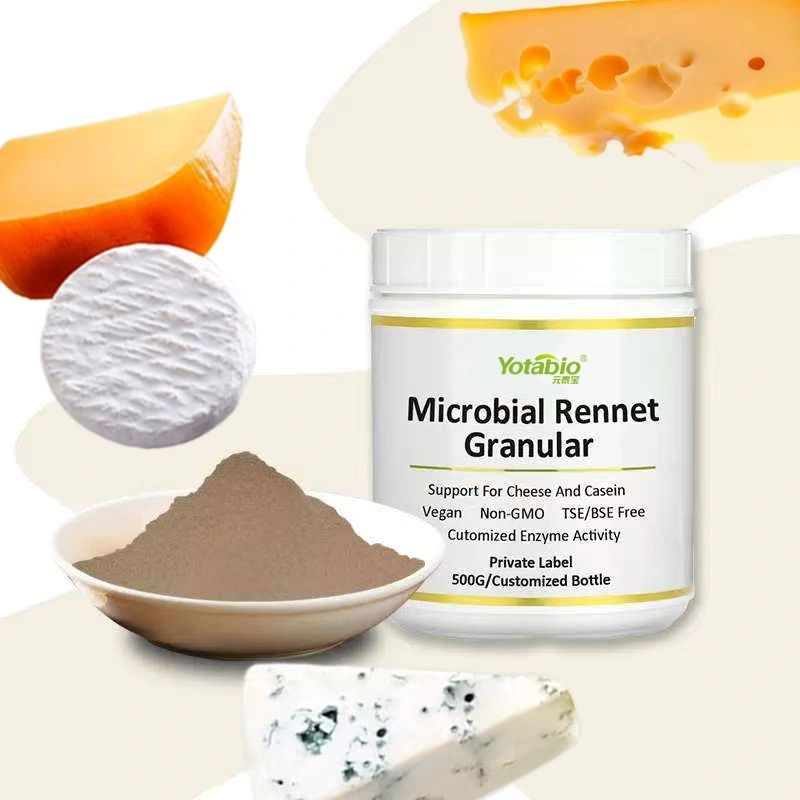Chitosan: Definition, Structure
Chitosan is fundamentally a naturally occurring polymer derived from chitin. Chitin is a major structural component found in the exoskeleton of crustaceans (like shrimps, lobsters, crabs), insects, and the cell walls of fungi and yeast. It is considered the second most abundant polysaccharide in nature, after cellulose.Chitosan is obtained by the deacetylation of chitin. This process typically involves treatment with hot alkali, specifically exposure to NaOH solutions, or enzymatic methods. Chitin is considered a polymer of glucosamine and N-acetyl glucosamine where the deacetylated units are in a minor proportion. Chitosan, in contrast, is where the deacetylated units are in major proportion or their distribution allows dissolution in aqueous diluted acid solutions. Chitin has a high acetyl content and is hydrophobic, whereas deacetylation into chitosan makes it more "water and organic solvents friendly".Chemically, chitosan is a linear polysaccharide composed of β-(1-4) linked D-glucosamine and N-acetyl-D-glucosamine units. A key feature of its chemical structure is the predominant presence of units with amino groups. These amino groups are located at the C-2 position of the glucosamine units. The molecule also possesses hydroxyl groups at the C-6 (primary) and C-3 (secondary) positions. These functional groups, particularly the free amino groups, make chitosan more reactive than chitin and available for chemical reactions and salt formation with acids.
Chitosan is classified as a linear polysaccharide, characterized by a structure composed of randomly distributed β-(1→4)-linked D-glucosamine units, which represent the deacetylated form, and N-acetyl-D-glucosamine units, the acetylated counterpart.This unique polymer is derived through the process of deacetylation of chitin, a naturally occurring structural polysaccharide found predominantly in the exoskeletons of crustaceans and the cell walls of fungi.The degree to which chitin is deacetylated, known as the degree of deacetylation (DD), and the average size of the polymer chain, referred to as the molecular weight (MW), are critical parameters that dictate the physicochemical and biological properties of the resulting chitosan.Commercially available chitosan typically exhibits a DD ranging from 60% to 100% and a MW spanning from 3800 to 20,000 daltons.The general chemical formula of chitosan is represented as H2O(C6H11NO4)n.
The primary source material for chitin, the precursor to chitosan, is the abundant exoskeleton of crustaceans, including commonly consumed species such as shrimp, crabs, and lobsters. The significant quantities of waste generated by the seafood industry provide a readily available and economically viable source for chitin extraction. In addition to marine sources, chitin is also found in the cell walls of fungi and the exoskeletons of insects. Certain algae and microorganisms also contain chitin as a structural component.
Yotabio Chitosan Specs
Product: Chitosan
Product Number: A-90101 Source Material: Crustacean CAS Number: 9012-76-4
Grade: Food
Storage Conditions: <25oC, cool dry environment, well-sealed
Shelf-Life: 24 months
| Test Item | Specification |
| Appearance | White to light yellow, free flowing powder, odourless |
| Degree of Deacetylation (%) | ≥90.0 |
| Viscosity (mPa.s) | <100 |
| Particle size (U.S. Mesh) | ≥95% trough 80 Mesh |
| Bulk density (g/ml) | ≥0.20 |
| Solubility (% in 1% Acetic Acid) | ≥99.0 |
| Ash content | ≤1.5 |
| Protein content | Non-Detectable |
| Residue on ignition | ≤1.0 |
| Moisture (%) | ≤10.0 |
| pH | 6.5-8.5 |
| Heavy metals (ppm) | ≤10.0 |
| Lead | ≤0.5 |
| Arsenic | ≤0.5 |
| Mercury | ≤0.1 |
| Cadmium | ≤1.0 |
| Microbial |
|
| Total Aerobic (cfu/g) | <1000 |
| E. Coli | Negative |
| Salmonella | Negative |
| Staphylococcus Aureus | Negative |
Sources
Commercial production of chitosan predominantly relies on the chemical deacetylation of chitin. This process typically involves treating chitin with an excess of sodium hydroxide, an alkaline substance, under controlled conditions. While chemical methods are widely used, enzymatic methods for chitin deacetylation are also employed. Notably, fungal chitosan is gaining traction as a source due to increasing demand for vegan-friendly materials and the potential for better control over specific properties such as lower viscosity and a high degree of deacetylation. Furthermore, the extraction of chitin and subsequent production of chitosan from insect cuticles is an area of growing interest, aligning with the broader focus on utilizing insect biomass for various applications. It is also worth noting that chitosan occurs naturally, albeit in limited amounts, in the cell walls of certain fungi, particularly those belonging to the class Zygomycetes.
The utilization of seafood processing waste as a primary source for chitosan productionunderscores a significant advantage of this biomaterial: its production aligns with principles of sustainability and environmental responsibility. By converting a byproduct of the food industry into a valuable resource, chitosan production contributes to waste reduction and offers a cost-effective alternative to materials derived from non-renewable resources. The increasing interest in fungal and insect sources for chitosanfurther diversifies the supply chain and addresses potential concerns related to shellfish allergies.
Antimicrobial Mechanisms
Chitosan is recognized for its broad-spectrum antimicrobial activity, exhibiting inhibitory effects against a wide range of microorganisms, including bacteria, fungi, and viruses.Several mechanisms have been proposed to explain this activity, with the most prominent being the disruption of microbial cell membranes. This disruption is thought to occur through electrostatic interactions between the positively charged chitosan molecules and negatively charged components on the surface of microbial cells. For Gram-negative bacteria, these components include lipopolysaccharides, while for Gram-positive bacteria, teichoic acids are the primary targets. In fungi, chitosan interacts with negatively charged phospholipids in the cell membrane.These interactions lead to alterations in the permeability of the cell membrane, causing leakage of essential intracellular constituents and ultimately resulting in cell death.
Another proposed mechanism involves the ability of low MW chitosan to penetrate the cell membrane and interact with the microbial DNA, thereby inhibiting the synthesis of mRNA and proteins, which are crucial for cell survival and replication. Additionally, chitosan has been shown to chelate essential metal ions, such as iron and zinc, which are vital for the growth and metabolism of microorganisms. By making these nutrients unavailable, chitosan can effectively inhibit microbial proliferation. In the case of high MW chitosan, the formation of a dense polymer film on the surface of microbial cells has been suggested as a mechanism of action, where this film acts as a barrier, preventing the uptake of nutrients and oxygen, thus inhibiting growth.
Applications of Chitosan in the Food Industry
1.Food Preservation
Chitosan has emerged as a promising natural agent for food preservation, finding applications as coatings and films for a wide array of food products, including fruits, vegetables, meat, and seafood.Its effectiveness in extending the shelf life of these products is primarily attributed to its antimicrobial activity against various foodborne pathogens.By inhibiting the growth of spoilage microorganisms, chitosan-based coatings help maintain the quality and safety of food products for longer periods.
Furthermore, chitosan coatings can play a crucial role in controlling the internal atmosphere of fruits and vegetables. They can reduce the rates of respiration and transpiration, thereby delaying the ripening and senescence processes. Additionally, these coatings act as a barrier to water vapor, which helps to minimize moisture loss and prevent weight reduction in fresh produce. Chitosan can also retard the oxidation of lipids, a major cause of quality deterioration in many food items. The unique structure of chitosan allows it to form films that can incorporate and deliver other functional substances, such as vitamins and additional antimicrobial agents, further enhancing its preservative effects.
The dual functionality of chitosan as both an antimicrobial agent and a film-forming material positions it as a promising natural and sustainable alternative to synthetic preservatives and packaging materials in the food industry. This aligns well with the increasing consumer demand for food products with cleaner labels and packaging solutions that are environmentally friendly.
| Food Type | Application of Chitosan | Benefits Observed | Snippet IDs |
|---|
| Fruits (e.g., Strawberries, Mangoes) | Coating | Reduced microbial spoilage, maintained firmness, prevented browning, retained antioxidant content |
|
| Vegetables (e.g., Cherry Tomatoes, Cucumbers) | Coating | Reduced microbial spoilage, maintained firmness, prevented browning, retained antioxidant content |
|
| Meat (e.g., Beef, Poultry) | Coating | Reduced microbial growth, inhibited oxidation, extended shelf life |
|
| Seafood (e.g., Fish Fillets, Shrimp) | Coating | Inhibited enzymatic reactions, reduced microbial growth, maintained quality during storage |
|
2.Food Package
Beyond its direct application to food surfaces, chitosan is also finding increasing use in the development of biodegradable films and coatings for food packaging.These chitosan-based materials offer an environmentally responsible alternative to traditional petrochemical-based plastics, which are known for their persistence in the environment. Chitosan films and coatings can also be engineered to possess antimicrobial and antioxidant properties, thus actively contributing to the preservation of the packaged food and extending its shelf life.
To further enhance the performance of chitosan in food packaging, researchers are exploring the use of blends with other biopolymers and the incorporation of various nanomaterials.These modifications aim to improve the mechanical properties of chitosan films, such as their tensile strength and flexibility, as well as their barrier properties against moisture and gases, which are crucial for maintaining food quality.
The potential of chitosan to serve as a substitute for petrochemical films directly addresses the critical environmental issue of plastic waste accumulation. This aligns with the growing global focus on developing and adopting sustainable packaging solutions. However, while chitosan offers significant advantages in terms of biodegradability and antimicrobial activity, challenges related to its mechanical strength and water resistance need to be effectively addressed to facilitate its widespread industrial adoption as a primary food packaging material.Ongoing research and development efforts are focused on overcoming these limitations through innovative material formulations and processing techniques.
3. Beverage Clarification
Chitosan has found valuable applications as a fining agent in the production of beverages, particularly in winemaking and beer brewing, where it is used to clarify the final product by facilitating the flocculation and sedimentation of suspended particles.In addition to improving the visual clarity of these beverages, chitosan can also contribute to preventing spoilage.
In the winemaking process, chitosan is utilized for multiple purposes, including clarification, stabilization, de-acidification, and the removal of undesirable substances such as pesticide residues and heavy metals.Similarly, in beer production, chitosan can enhance the rate at which suspended particles settle out of the liquid, effectively removing components that can negatively impact the beer's color and overall clarity.Notably, in some regions, plant-derived chitosan is preferred for use in beer clarification, often due to regulatory requirements or consumer preferences.Furthermore, chitosan can be employed in beer production to immobilize enzymes, such as α-acetolactate decarboxylase, which helps prevent the formation of off-flavors during fermentation.
The application of chitosan in beverage clarification highlights its versatility as a valuable processing aid in the food industry. Its ability to naturally improve the quality and stability of both alcoholic and non-alcoholic beverages makes it an attractive alternative to synthetic clarifying agents. The preference for plant-derived chitosan in certain applications, such as beer, demonstrates the adaptability of chitosan sources to meet specific regulatory standards and consumer demands for vegan or allergen-free products.
4. Biopesticide
Chitosan has demonstrated significant potential as a biopesticide in agriculture, effectively boosting the ability of plants to defend themselves against a wide range of fungal infections.It acts as a broad-spectrum biopesticide, exhibiting activity as a bio-fungicide, bio-bactericide, and bio-virucide.Chitosan works by eliciting the plant's natural immune responses, activating its defense mechanisms against various pathogens.This includes triggering the production of phytoalexins and pathogenesis-related (PR) proteins, which directly inhibit pathogen growth.
Furthermore, chitosan can be effectively used to coat seeds, providing a protective barrier against soilborne pathogens and improving germination rates.This application helps to ensure healthy seedling development and reduces the need for chemical treatments early in the plant's life cycle.
The effectiveness of chitosan as a biopesticide offers a sustainable and environmentally friendly alternative to conventional chemical pesticides in agriculture. This is particularly important in addressing growing concerns about environmental pollution, the development of pesticide-resistant pests, and the potential health impacts of chemical residues in food. Chitosan's natural origin and biodegradability make it a safer option for both the environment and human health. Its ability to stimulate the plant's own defense system provides a proactive and potentially more sustainable approach to managing plant diseases and pests.
5. Anti-aging Creams and Moisturizers
Chitosan has gained significant traction in the cosmetics industry, particularly in the formulation of anti-aging creams and moisturizers.Its antioxidant properties help combat free radicals, which are major contributors to skin aging.Chitosan is also believed to stimulate the production of collagen, a key protein that provides structure and elasticity to the skin, thereby promoting skin firmness and reducing the appearance of wrinkles.
Furthermore, chitosan acts as an effective humectant and moisturizing agent. When applied to the skin, it forms a breathable film that helps to retain moisture, preventing dehydration and contributing to a smoother, more hydrated complexion.Some studies suggest that chitosan can also aid in reducing the appearance of scars by promoting skin cell regeneration and possesses anti-inflammatory properties that can help soothe irritated skin.
The multifaceted benefits of chitosan for the skin make it a valuable ingredient in the development of effective anti-aging and moisturizing products. Its natural origin and biocompatibility align with the growing consumer preference for skincare solutions that are both effective and gentle.
6. Hair Care Products
Chitosan is incorporated into various hair care products, including shampoos, styling gels, and hair sprays.It has been shown to increase the volume of hair fibers and improve their softness and mechanical strength.Chitosan can also enhance the suppleness of hair and effectively reduce static electricity, leading to smoother, more manageable hair.
As a film-forming polymer, chitosan provides flexible hold in styling products without the stiffness often associated with synthetic alternatives.Interestingly, some manufacturers are utilizing chitosan derived from oyster mushrooms rather than shellfish in their hair care formulations, offering a sustainable and non-allergenic option for consumers.
The film-forming and conditioning properties of chitosan make it a desirable ingredient in hair care. It offers a natural way to achieve desired styling effects while also improving the overall health and texture of the hair.
7. Oral Hygiene Products
Chitosan is increasingly used in oral hygiene products such as toothpastes, mouthwashes, and chewing gums due to its notable antimicrobial and antiplaque effects.It has been shown to inhibit the growth of cariogenic bacteria, including Streptococcus mutans, which is a primary contributor to dental cavities.By reducing bacterial load and preventing biofilm formation (plaque), chitosan can play a significant role in maintaining oral health.
Studies have also indicated that chitosan can help reduce gingival inflammation, a common symptom of gum disease, and improve salivary pH, which can further contribute to preventing tooth decay.The incorporation of chitosan into oral hygiene products offers a natural and potentially effective approach to preventing common dental problems and promoting overall oral health.
8. Advantages of Chitosan Applications
Chitosan offers a compelling array of advantages that contribute to its widespread and growing applications.Its inherent biodegradability, biocompatibility, and nontoxicitymake it a safe and environmentally friendly alternative to many synthetic materials. Its broad-spectrum antimicrobial, antifungal, and antiviral propertiesare invaluable in food preservation, agriculture, and biomedical applications. Chitosan's excellent film-forming abilityis crucial for creating protective coatings and packaging materials. Its chelating and absorption propertiesare essential for water treatment and soil remediation. Furthermore, its hemostatic and wound-healing propertieshighlight its value in medical applications. In agriculture, it serves as a plant growth enhancer and biopesticide.Chitosan's effectiveness in water treatment for pollutant removalis significant for environmental protection. Its versatile applications extend to cosmetics and personal care products.Importantly, chitosan can be derived from waste materials, such as crustacean shells, promoting sustainability and circular economy principles.
Contact us for further details on Chitosan.





